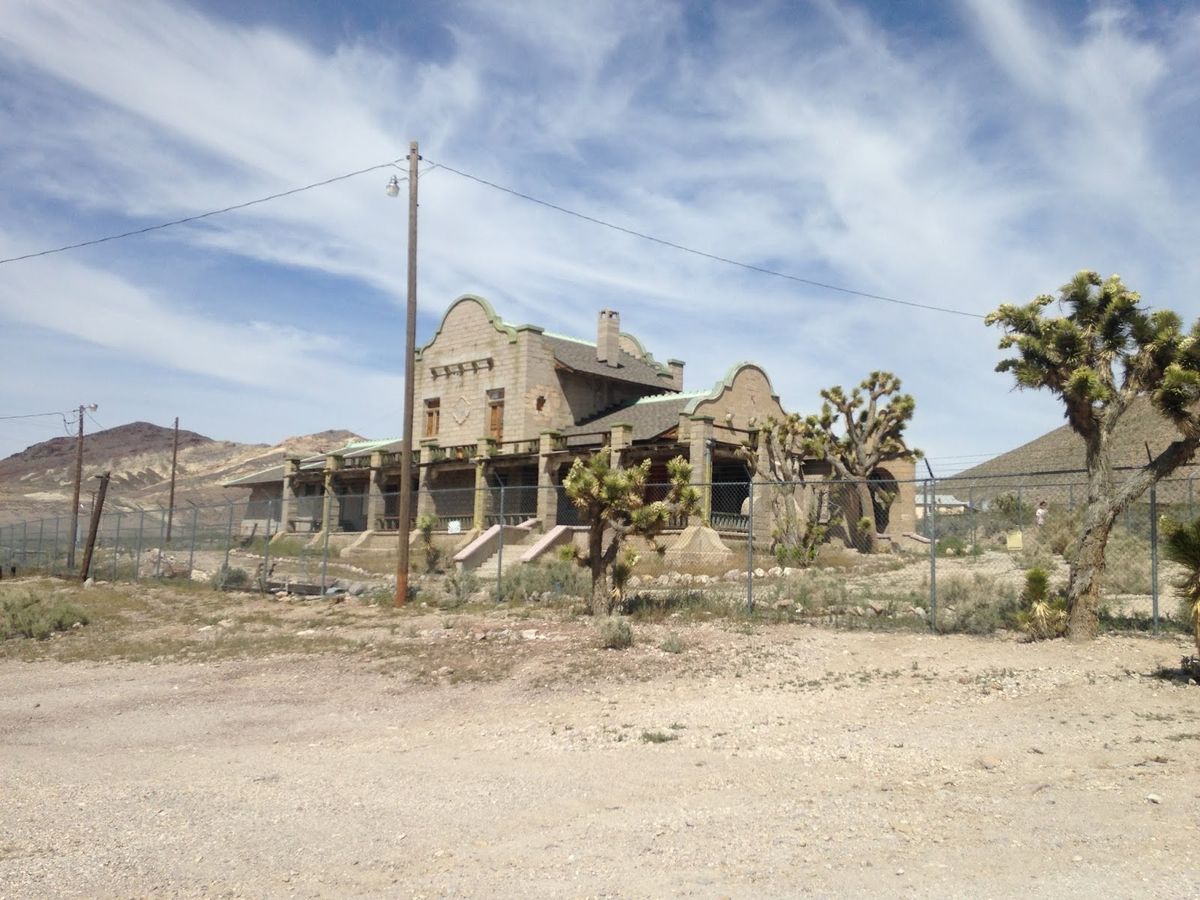Hidden Railroad Ghost Towns Of Nevada’s Mining Corridor

Have you ever wondered about the hidden railroad ghost towns of Nevada's mining corridor? These forgotten places once buzzed with life during the mining boom. Today, they stand as eerie reminders of a bygone era. Imagine walking through dusty streets where miners and railroad workers once toiled. Old buildings, rusted tracks, and abandoned equipment tell stories of hard work and dreams. Exploring these ghost towns offers a unique glimpse into Nevada's rich history. Whether you're a history buff or just curious, these towns provide a fascinating look at the past. Ready to step back in time? Let's go!
Hidden Railroad Ghost Towns of Nevada's Mining Corridor
Nevada's mining history is rich with tales of boom and bust. Alongside the mines, railroads played a crucial role in transporting ore and supplies. Today, many of these once-thriving towns lie abandoned, offering a glimpse into the past. Let's take a journey through some of these hidden railroad ghost towns.
1. Rhyolite
Rhyolite, once a bustling town, now stands as a testament to the fleeting nature of mining booms. Founded in 1904, it quickly grew with the promise of gold. By 1907, it had electricity, a hospital, and even a stock exchange. However, the gold ran out, and by 1916, Rhyolite was abandoned. Today, visitors can explore its crumbling buildings and the famous Bottle House.
2. Goldfield
Goldfield, established in 1902, became Nevada's largest city by 1906. The town's prosperity was tied to its rich gold mines. The Tonopah and Goldfield Railroad connected it to the outside world, bringing in supplies and people. However, a fire in 1923 and declining gold production led to its decline. Now, Goldfield offers a glimpse into its grand past with well-preserved buildings and a sense of history.
3. Belmont
Belmont, founded in 1865, thrived on silver mining. The town had a courthouse, saloons, and a newspaper. The Nevada Central Railroad played a vital role in its development. However, by the late 1880s, the silver veins were exhausted, and Belmont's population dwindled. Today, visitors can explore the ruins of the courthouse and other structures, feeling the echoes of its vibrant past.
4. Pioche
Pioche, known for its lawlessness, was founded in the 1860s. The town's silver mines attracted many, and the Pioche and Bullionville Railroad was built to transport ore. Pioche's reputation for violence was legendary, with more people reportedly killed in gunfights than died of natural causes. As the mines played out, the town's population declined. Today, Pioche's historic buildings and cemetery tell stories of its wild past.
5. Caliente
Caliente, established in 1901, served as a railroad town for the Union Pacific Railroad. It became a key stop for trains traveling between Salt Lake City and Los Angeles. The town's hot springs also attracted visitors. However, as rail travel declined, so did Caliente's importance. Today, the town's historic depot and other buildings remain, offering a glimpse into its railroad heritage.
6. Candelaria
Candelaria, founded in 1864, was a silver mining town connected by the Carson and Colorado Railroad. The town had a school, post office, and several saloons. However, by the early 1900s, the mines were depleted, and Candelaria was abandoned. Today, visitors can explore the remnants of this once-thriving town, feeling the ghostly presence of its past inhabitants.
7. Tybo
Tybo, established in the 1870s, was known for its silver and lead mines. The town had a diverse population, including many Chinese immigrants. The Nevada Central Railroad connected Tybo to other mining towns. However, by the 1880s, the mines began to decline, and Tybo was eventually abandoned. Today, the ruins of the town offer a haunting reminder of its mining heyday.
8. Palisade
Palisade, founded in the 1860s, served as a key railroad hub for the Central Pacific Railroad. The town was known for staging fake Indian attacks to entertain passengers. However, as rail routes changed, Palisade's importance waned. By the early 1900s, the town was largely abandoned. Today, visitors can explore the remnants of Palisade, imagining the lively scenes that once took place there.
9. Metropolis
Metropolis, established in 1910, was an ambitious agricultural community supported by the Southern Pacific Railroad. The town had a hotel, school, and even a zoo. However, water rights issues and a devastating fire led to its decline. By the 1920s, Metropolis was abandoned. Today, the ruins of the hotel and other structures stand as a testament to the town's brief but ambitious existence.
10. Cherry Creek
Cherry Creek, founded in the 1870s, thrived on silver mining. The Nevada Northern Railway connected it to other mining towns. The town had a school, churches, and several businesses. However, as the mines played out, Cherry Creek's population dwindled. Today, visitors can explore the remnants of this once-bustling town, feeling the echoes of its past prosperity.
Discovering Nevada's Hidden Railroad Ghost Towns
Nevada's mining corridor holds secrets of forgotten railroad ghost towns. These places offer a glimpse into the past, showing the rise and fall of mining communities. Exploring these towns, you can see old buildings, rusted tracks, and abandoned mines. Each town tells a story of hard work, dreams, and sometimes, heartbreak. Visiting these sites is like stepping back in time, feeling the echoes of those who once lived there. Whether you're a history buff or just curious, these ghost towns provide a unique adventure. So, pack your bags, grab a map, and set out to uncover the hidden gems of Nevada's mining corridor. You'll leave with memories and maybe a few ghost stories to share.

